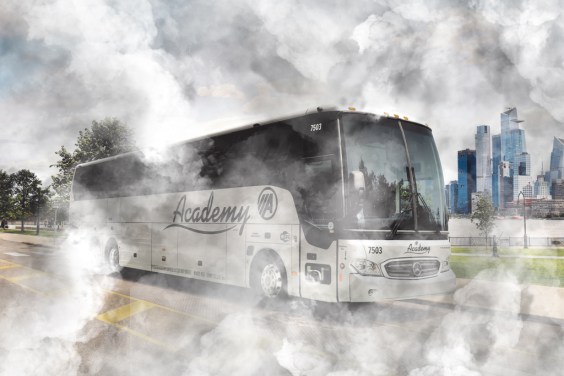It can seem like the image of Amtrak as a second-rate mode -- a "Soviet-style monopoly" -- is so firmly ingrained that it's hard to shake. Even as more people choose to ride trains.
Today at Network blog Better Institutions, Shane Phillips shares this graphic that shows how competitive Amtrak is in certain markets. It's amazing, given all the ways our political system undermines rail transportation, that it still manages to surpass air travel in some cases. But there are important reasons for that, he says:
Longer-distance intercity rail gets short shrift as a transportation mode in a lot of circles, often treated as more novelty than honest-to-god mobility solution. Air travel, on the other hand, is generally considered completely legitimate. In reality, even with relatively poor facilities by international standards--and massive federal investments in airport infrastructure--rail is competitive with air travel in much of the United States, and in some cases vastly more popular as this chart illustrates.
This is good for everyone, airlines included. Air travel is an incredibly valuable and important transportation mode, but its utility is severely diminished at distances of 100-500 miles. A smaller share of total travel time is spent cruising in the plane; more is spent getting through security, waiting to board, taxiing, taking off, and landing. Rail is also easier to locate nearer the core of dense metro populations (where people usually ultimately want to go), something airlines can't really do with their huge geographical footprint and noisy planes. Where city-pair distances and populations warrant rail travel, pressure is taken off the airlines to provide these shorter, less profitable domestic routes. This then allows them to provide more international and longer-distance flights, improving airlines' extremely thin profit margins and reducing overall airport congestion. Air travel is also much more polluting than rail--electrified rail in particular.
Just imagine if these routes were prioritized the way highway development is.
Elsewhere on the Network today: Baltimore Spokes shares a flowchart mapping the deleterious effects of widespread car ownership on society. And Streets.mn attempts an accounting of all the ways we subsidize growth in the United States.






